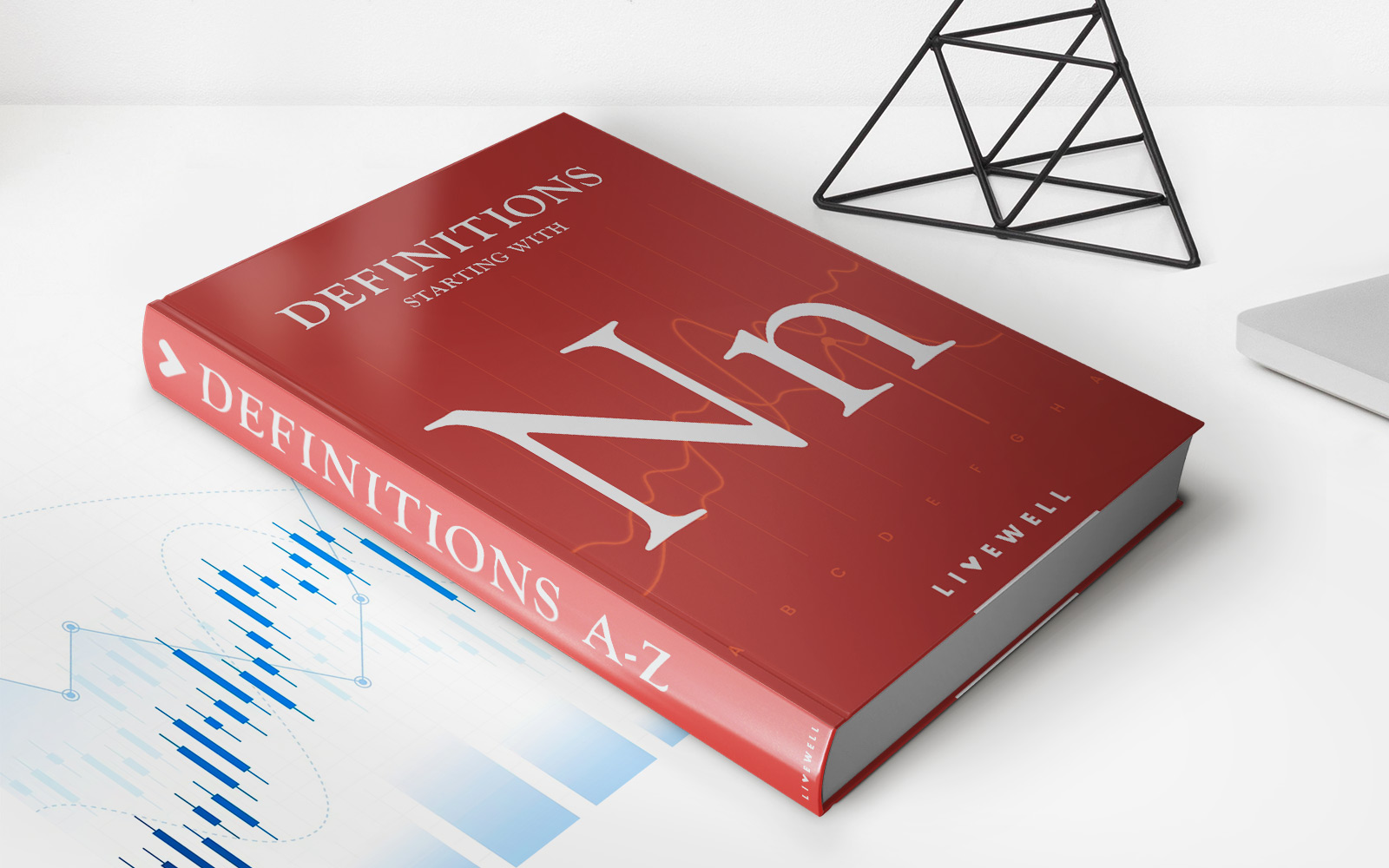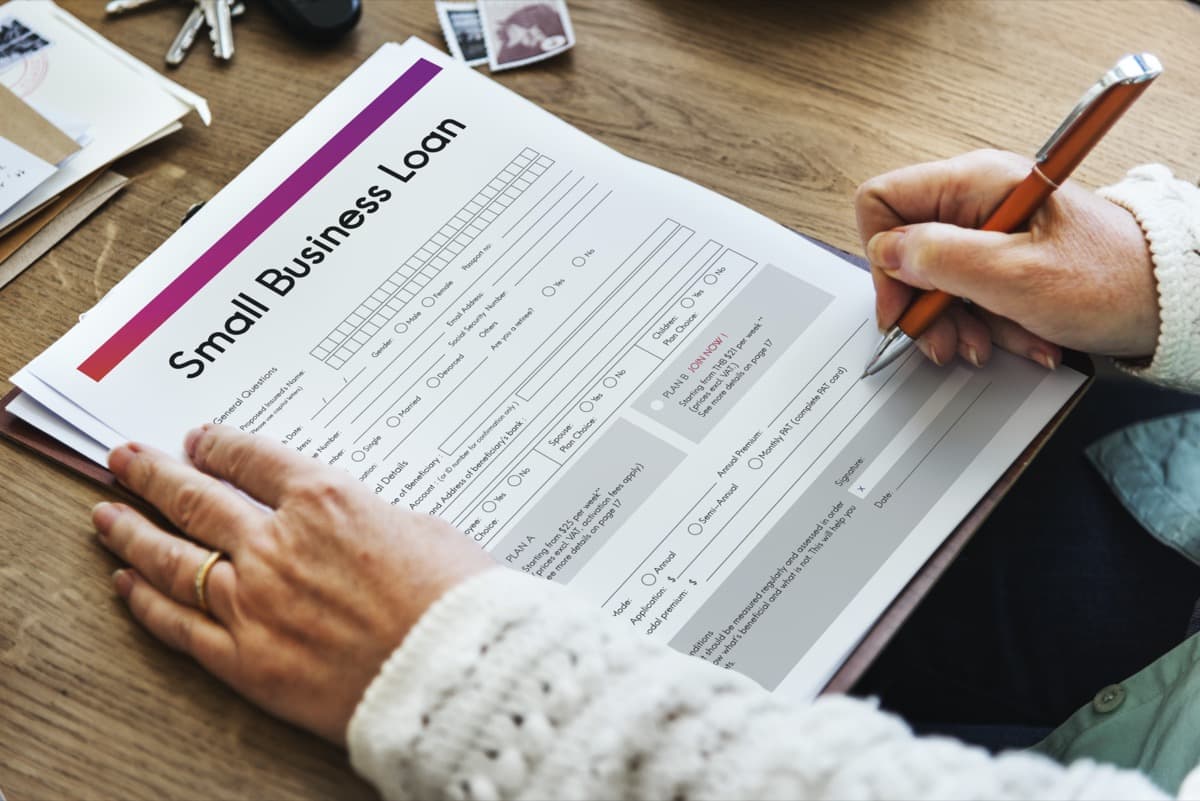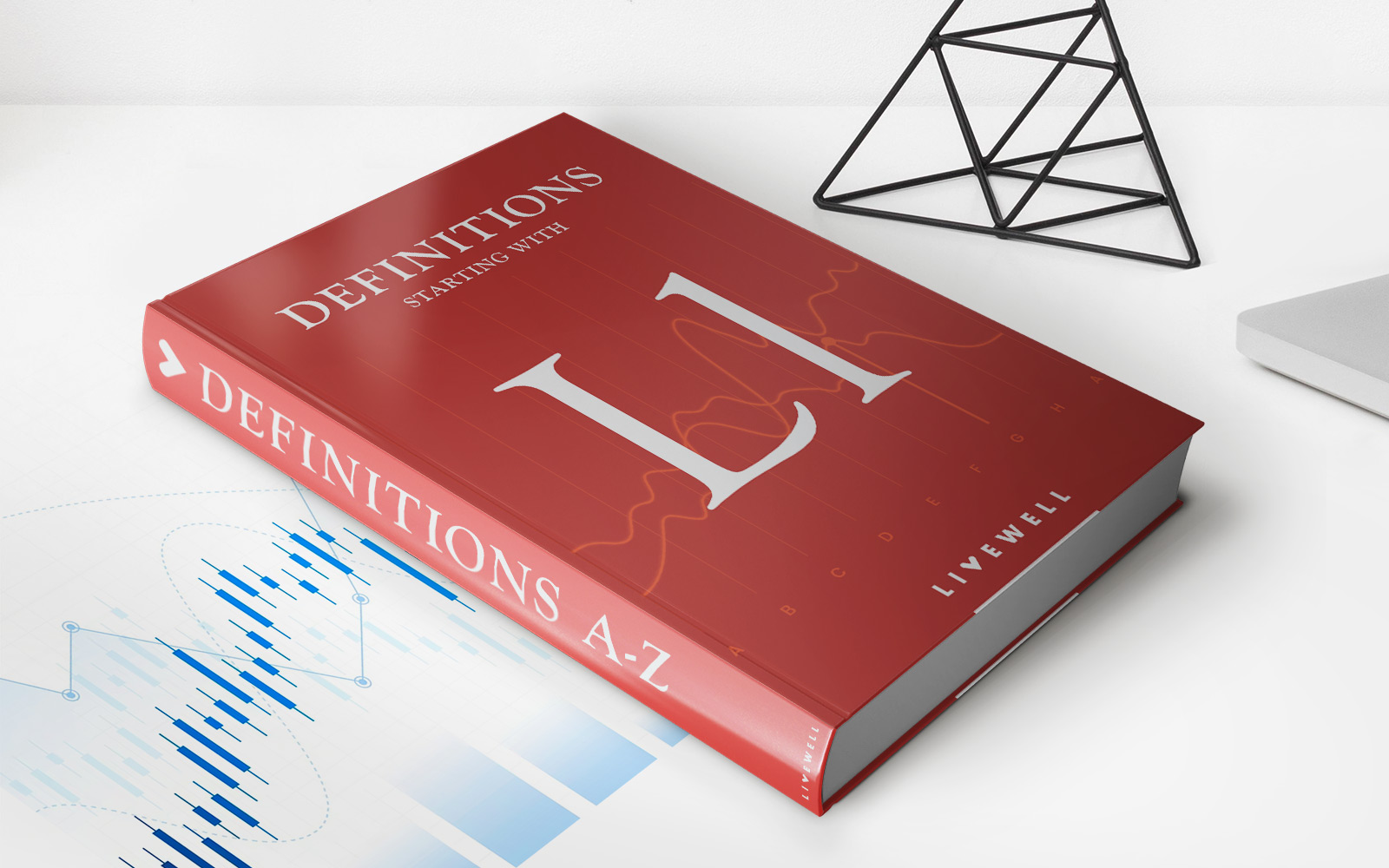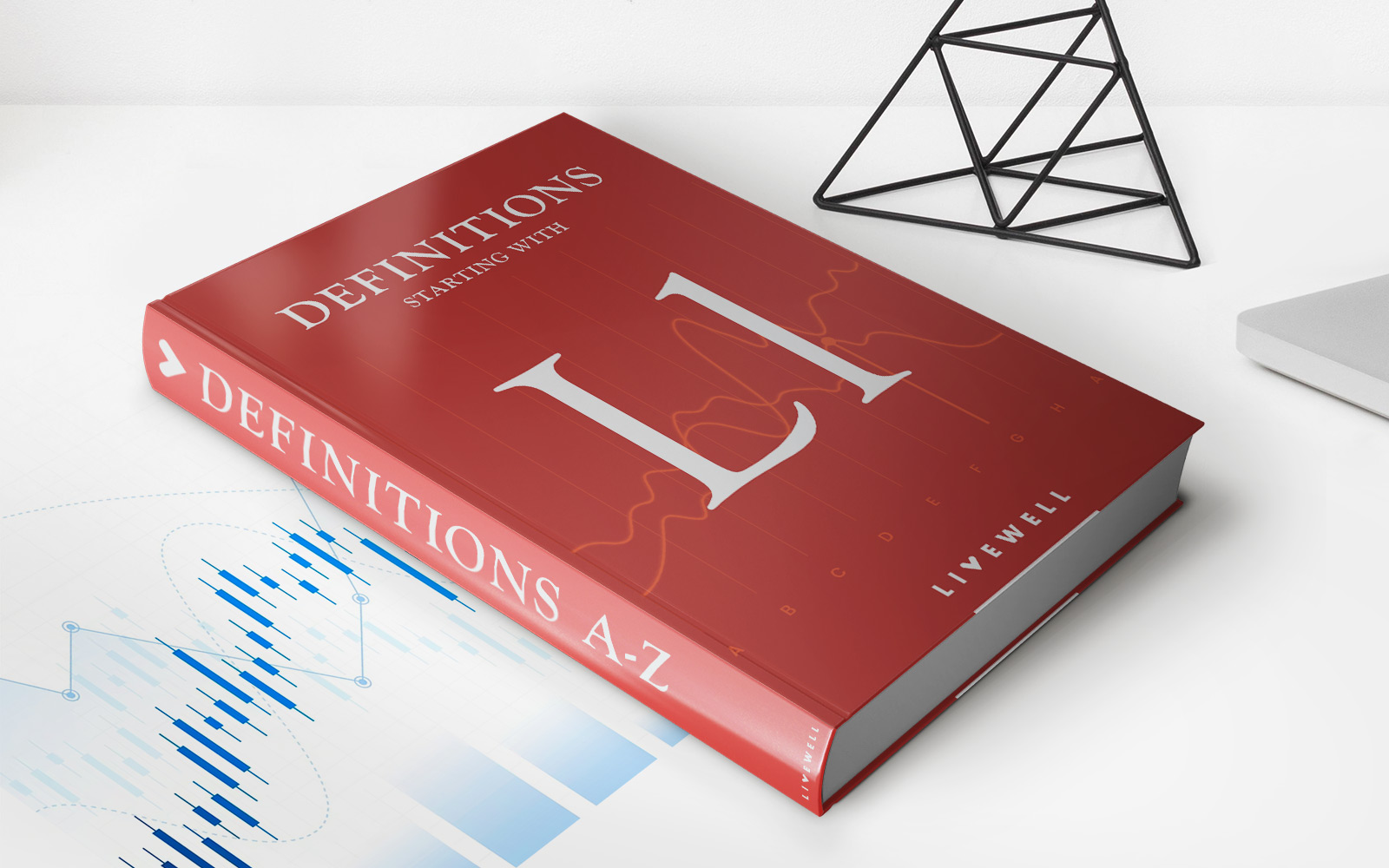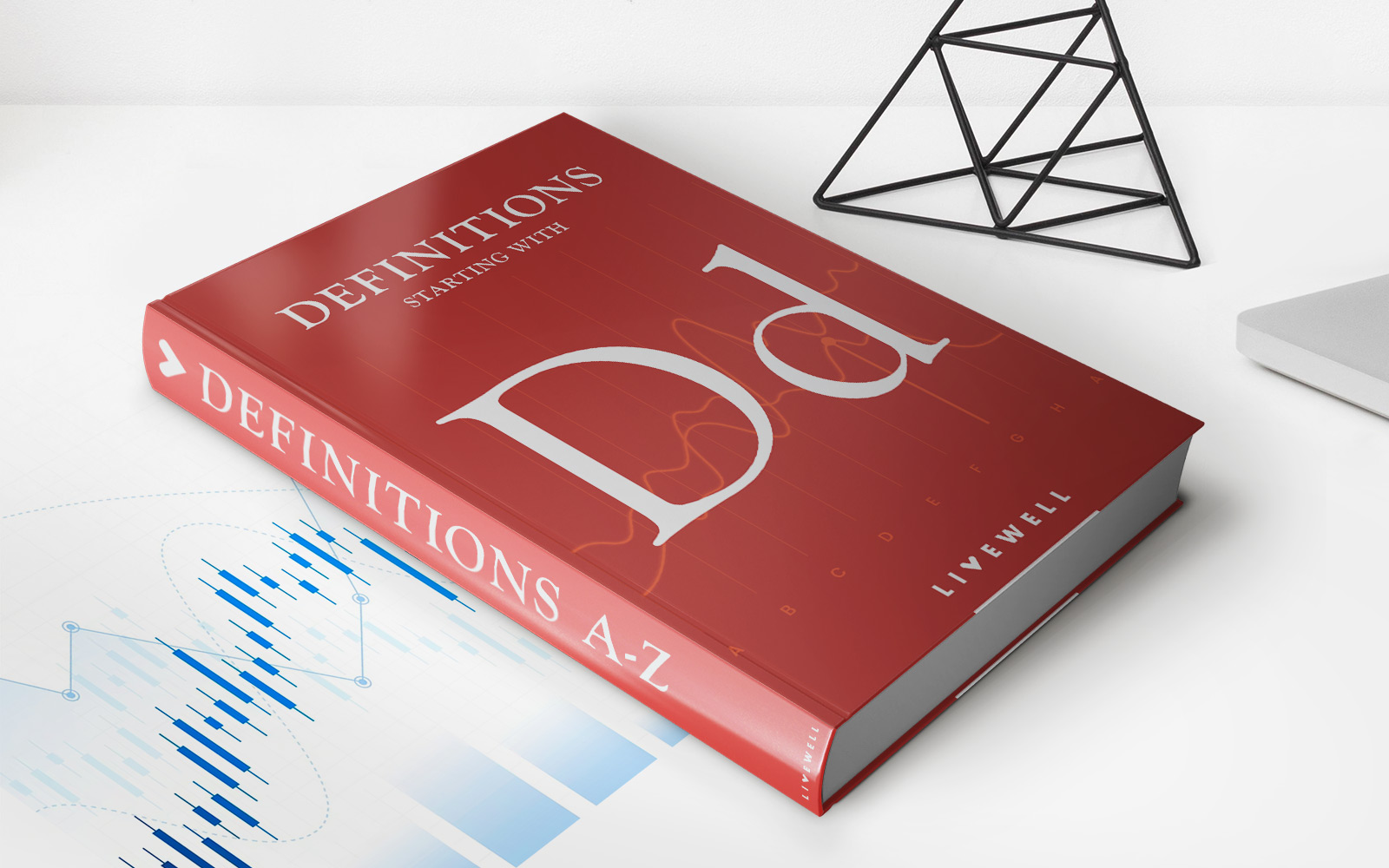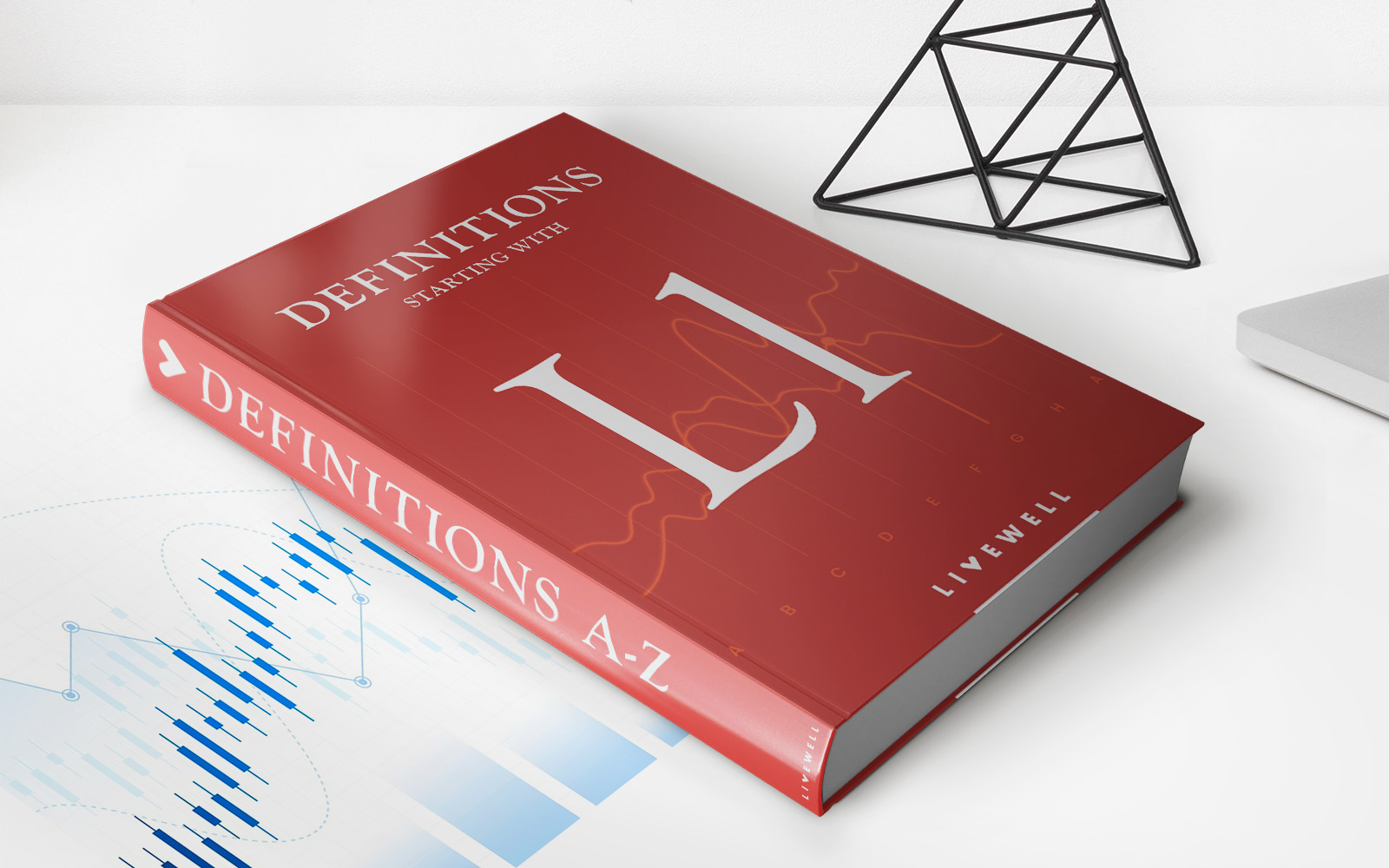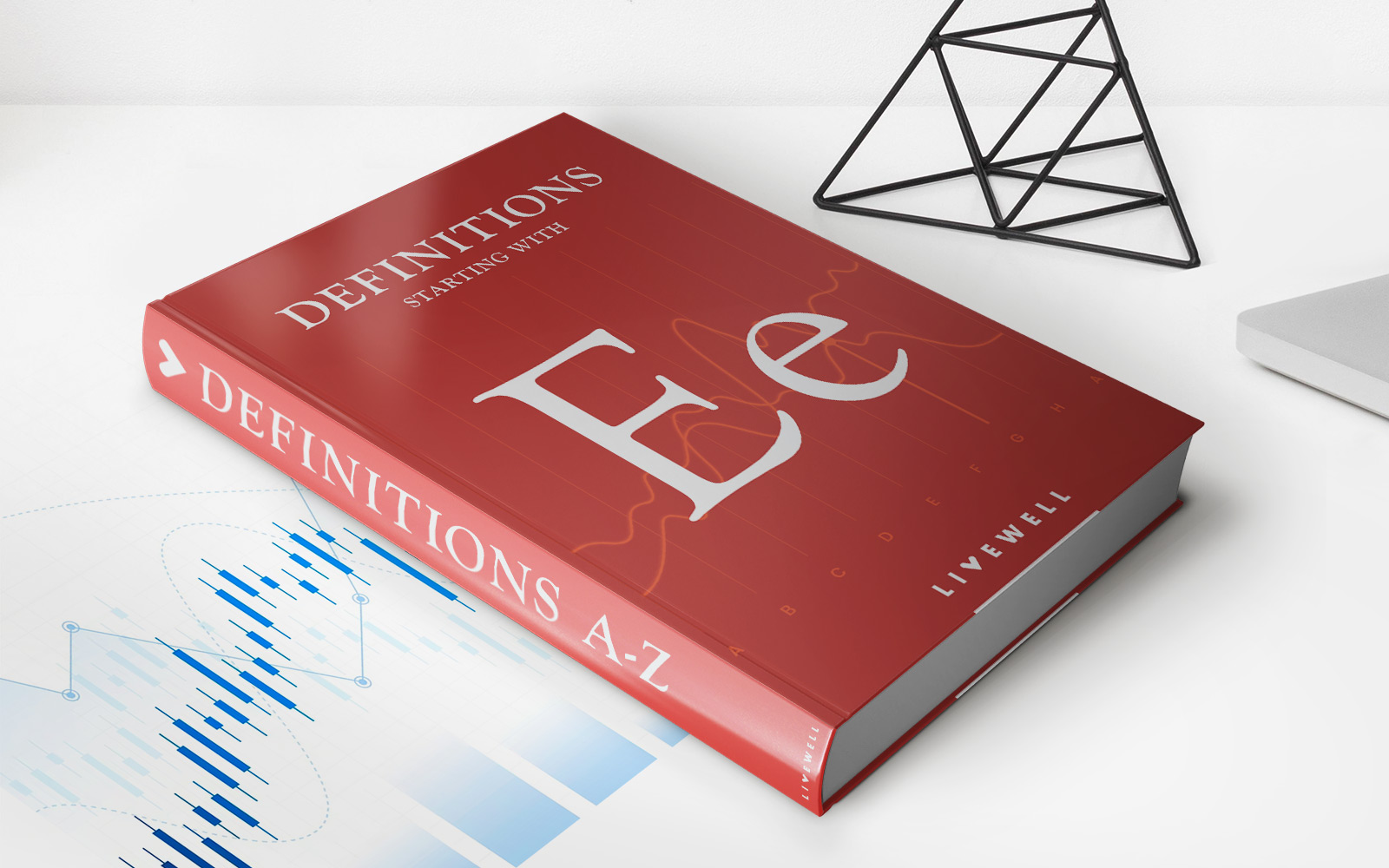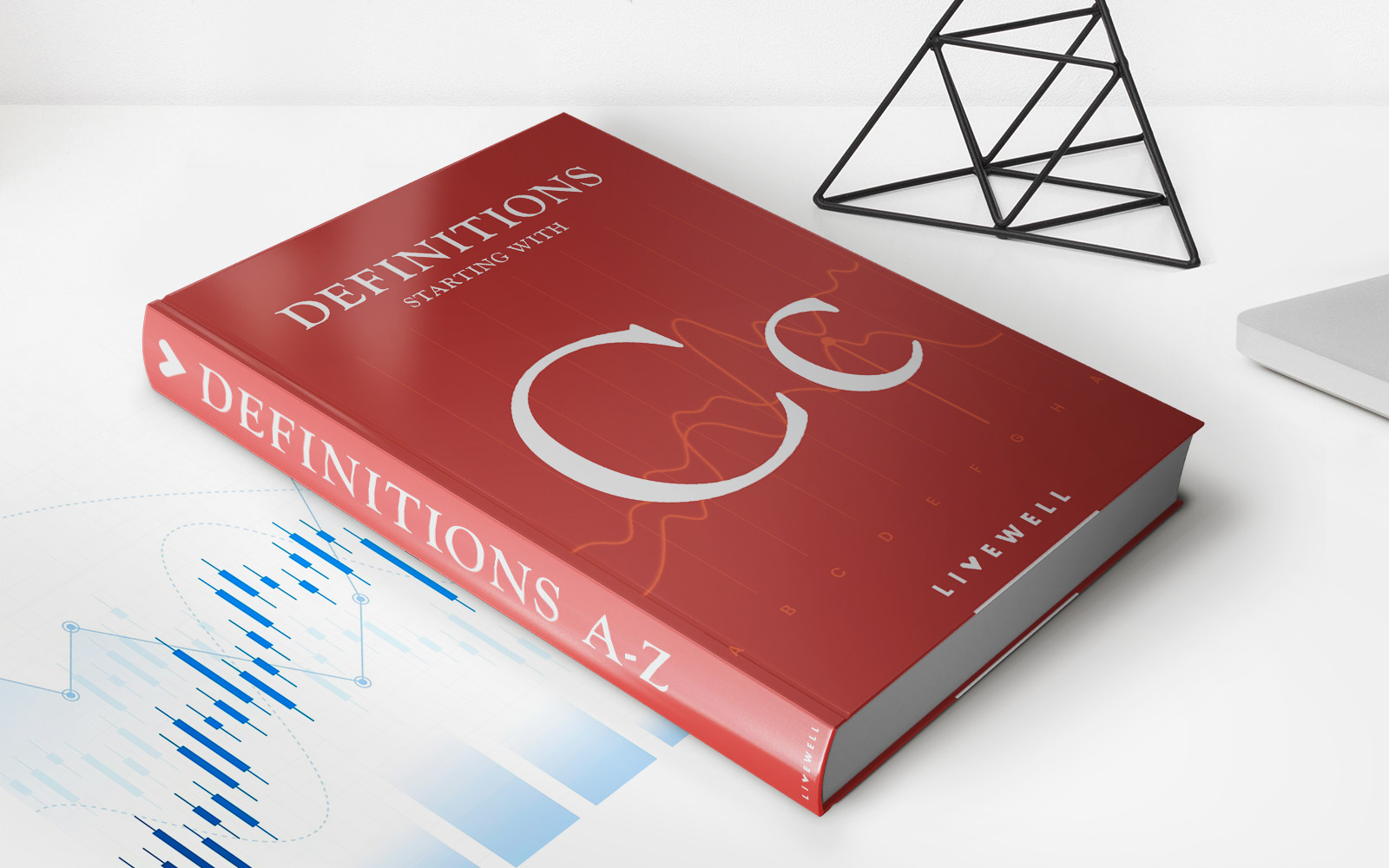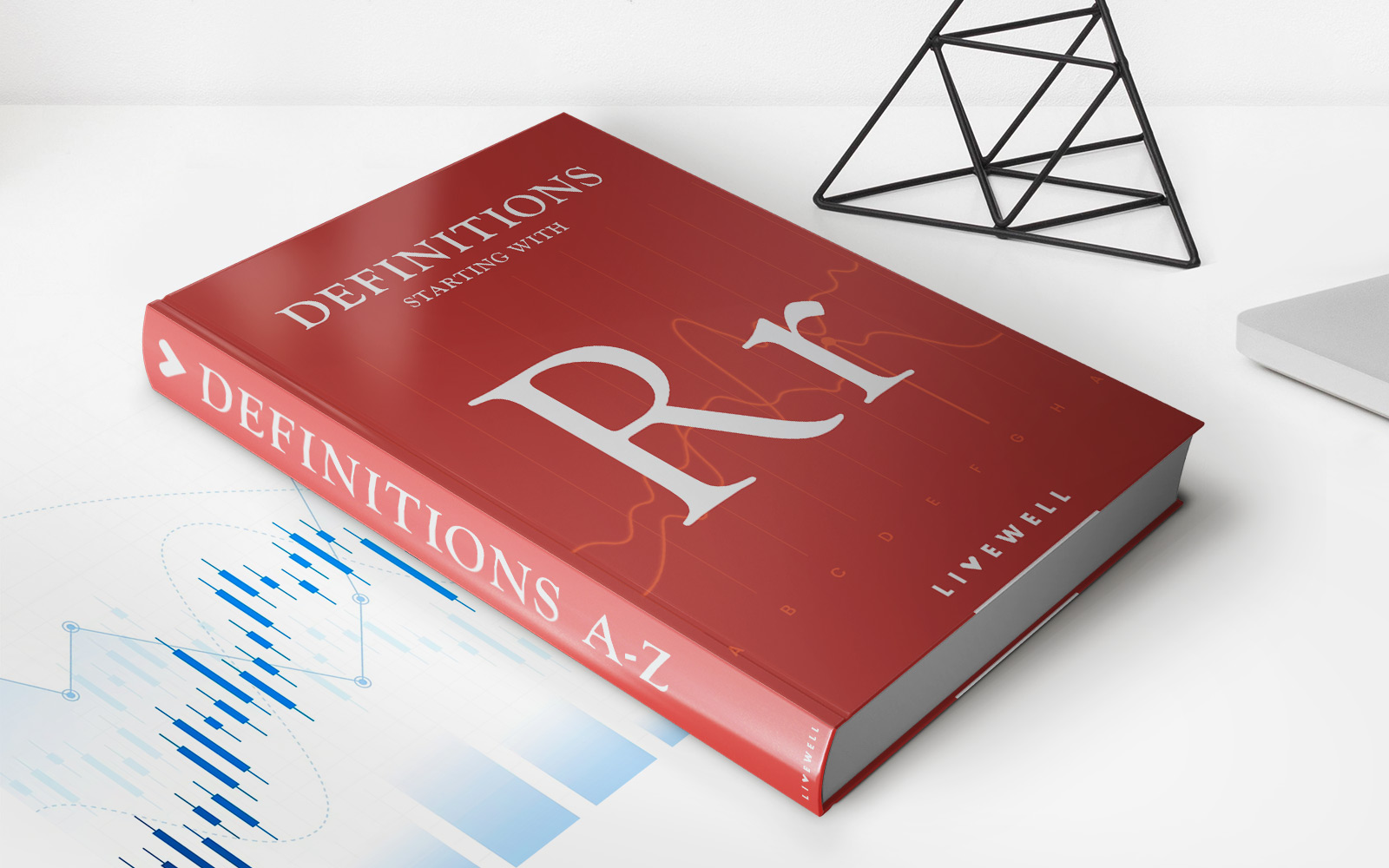Home>Finance>Long-Term Liabilities: Definition, Examples, And Uses
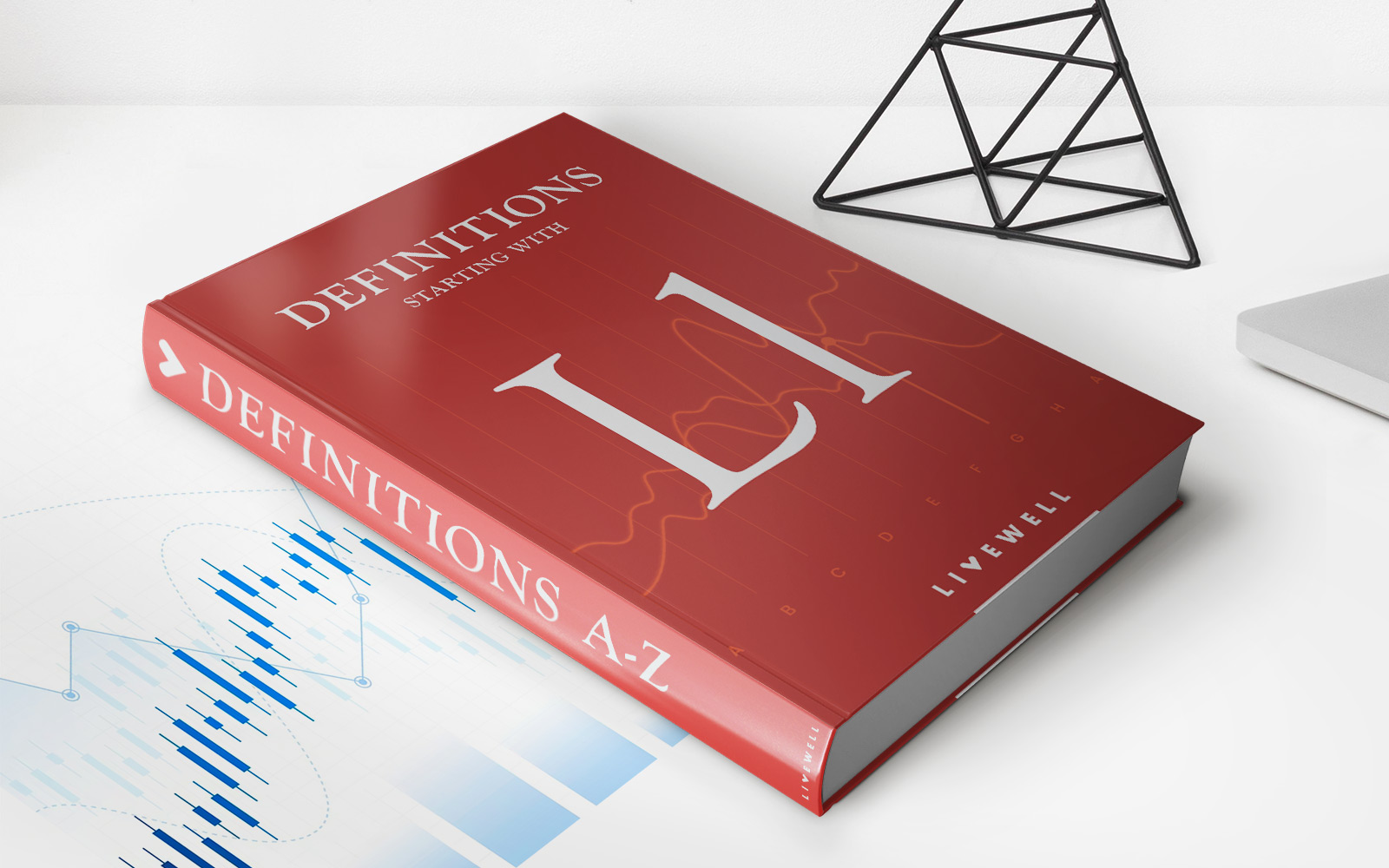

Finance
Long-Term Liabilities: Definition, Examples, And Uses
Published: December 20, 2023
Learn about long-term liabilities, such as loans and bonds, and how they are used in finance to fund business operations and expansion.
(Many of the links in this article redirect to a specific reviewed product. Your purchase of these products through affiliate links helps to generate commission for LiveWell, at no extra cost. Learn more)
Long-Term Liabilities: Definition, Examples, and Uses
When it comes to managing your finances, understanding different financial terms is crucial. One such term is “long-term liabilities.” But what exactly does it mean? In this blog post, we will dive deep into long-term liabilities, explore examples, and discuss their uses to help you gain a better understanding of this important financial concept.
Key Takeaways:
- Long-term liabilities are financial obligations that extend beyond one year or the normal operating cycle of a business.
- Examples of long-term liabilities include long-term loans, bonds payable, pension obligations, and lease obligations.
Now, let’s delve into the world of long-term liabilities and explore what they mean, provide examples to illustrate these concepts, and shed light on their uses:
Definition of Long-Term Liabilities
In simple terms, long-term liabilities refer to financial obligations or debts that extend beyond one year or the normal operating cycle of a business. These obligations are typically recorded on a company’s balance sheet and represent the long-term financing methods used by the organization.
Examples of Long-Term Liabilities
Long-term liabilities can come in various forms. Here are some common examples:
- Long-term Loans: These are loans that companies obtain from banks or other financial institutions to finance major capital investments or operational needs. These loans are typically repaid over several years through regular installments that include both principal and interest.
- Bonds Payable: Bonds payable are debt securities issued by companies or governments to raise capital. These bonds are typically traded in the financial markets and have a specified term, after which the issuing entity repays the bondholders.
- Pension Obligations: In the case of companies that offer pension plans to their employees, they have a long-term liability to the future pension payouts. These obligations arise due to the entitlement of employees to receive pension benefits upon retirement.
- Lease Obligations: When companies lease property, equipment, or vehicles, they enter into lease agreements with specific terms. These lease obligations are classified as long-term liabilities since they extend beyond one year.
Uses of Long-Term Liabilities
Now that we’ve explored the definition and examples of long-term liabilities, let’s discuss their uses:
- Capital Investment: Companies may use long-term liabilities such as loans or bonds to finance capital investments, such as purchasing new machinery, expanding facilities, or acquiring other businesses. These financing options allow companies to spread the cost of these investments over an extended period.
- Growth and Expansion: Long-term liabilities can also facilitate business growth and expansion. By securing long-term financing, companies can access the necessary funds to support their strategic initiatives, enter new markets, develop new products, or expand their operations regionally or globally.
- Meeting Pension Obligations: Companies offer pension plans as part of their employee benefits. The long-term liabilities associated with pension obligations ensure that employees receive their entitled benefits upon retirement.
- Leasing Assets: Companies may opt for leasing assets instead of purchasing them outright. By entering into lease agreements, companies can conserve their working capital while still gaining access to the assets needed for their operations. These lease obligations are classified as long-term liabilities.
Understanding long-term liabilities is important for businesses and individuals alike. By comprehending these concepts, individuals can better analyze a company’s financial health, while businesses can make informed decisions regarding capital management, growth strategies, and overall financial planning. Remember, it’s always advisable to consult a financial professional or accountant for personalized advice regarding your specific financial situation.
By grasping the definition, examples, and uses of long-term liabilities, you’ll enhance your financial knowledge and navigate the world of finance more effectively.
